In the world of philately, each stamp album tells a unique story of the collector’s passion, choices, and sometimes, imperfections. This article explores a newly acquired hingeless album from the Lighthouse series, filled predominantly with used stamps. As with any pre-owned collection, some stamps are in better condition than others. However, it provides a glimpse into both the art of stamp collecting and the subtle details that give each stamp its individual character.
Let’s Dive In
The album we’re examining today is a Lighthouse Hingeless album, a quality brand known for its easy-to-use, protective layout. This particular collection contains mostly used stamps, and while there are a few premium pieces, condition issues appear frequently throughout.
This review will serve as a tour of the album’s pages, offering insights into some stamps, historical significance, and general information about each piece. Let’s explore the highlights of this intriguing collection.
Join Our Stamp Collecting Community On Facebook
For stamp collectors interested in finding high-quality stamps, we invite you to join our Facebook group, “US Stamp Shop,” where we list 75 premium U.S. stamps weekly, often selling below retail prices. Many dealers use this group as a sourcing ground, so there are excellent deals to be had.
Early Stamps & Cancellations
The album opens with early U.S. classics like Scott #1 and #2, both showcasing unique cancellations. Notably, Scott #2 features a red cancel and what appears to be a bluish or purplish tone. This unusual coloration is worth further examination.
Further along, we encounter Scott #7, a one-cent type with what is known as “very good” centering—a term that in philately means that the centering is quite poor. Many stamps are misidentified in terms of their centering, with some collectors mistaking poor centering for rarity. It’s important to understand the true grading system, which ranges from very good to superb.
Understanding Stamp Grading
In philately, stamp centering grades range from “very good” (lower quality) to “gem” (perfect centering). “Very good” indicates that the design edges touch or encroach on the perforations. This level of centering has minimal impact on stamp value; stamps rated below this are generally less valuable.
The frame lines in some stamps (like the #7) are key grading indicators. If the frame line is complete, it may merit a higher grading.
Mid-1800s Stamps With Notable Cancels
The album includes stamps with fascinating cancellations, such as a beautifully centered January 8th, 1864, New Orleans cancel. A “sock on the nose” cancel, where the stamp and postmark are nearly perfectly aligned, adds historical charm to any collection.
The Transition To Grilled Issues
Moving further into the album, we encounter grilled issues. Stamps like the 24 cent and 30 cent feature faint grill impressions. Certain denominations, such as the 30 and 90 cent grilled stamps, only come in specific grill types, such as the F grill. Knowing these distinctions helps in verifying the authenticity and value of a stamp.
Identifying Grill Types: E and F Grills
Grilled stamps are identified by their grill type, with E grills generally larger than F grills. Verifying grill measurements is essential, especially for higher-value stamps.
The 1869 Pictorials: A Complete Set with Variants
One highlight of this album is a complete set of the 1869 Pictorial series, including both Type I and Type II of the 15 cent. The Type I has no frame line at the top, while Type II includes a distinct diamond-shaped frame line at the top, making it four times more valuable.
Large Banknotes
The album contains a range of large banknotes with intriguing New York cancels, including a star cancel on a two-cent stamp and a series of five circles on a three-cent stamp. Some of these pieces are slightly damaged, including faults in the perforations, but still add character to the collection.
Small Banknotes
An interesting addition is a misplaced Argentinean stamp, likely a placeholder for a U.S. banknote stamp. This quirk underscores the album’s personalized touch and the collector’s intent to fill every slot.
Washington-Franklin Issues
The Washington-Franklin series is well-represented here, though the album lacks higher-grade examples. Some entries claim bluish paper, but quick testing shows no such coloring. Bluish paper is identifiable when placed against orange paper for contrast, allowing any blue tones to stand out.
Coil Pairs & Vending Machine Perforations
This section includes perforated coil pairs and examples with vending machine perforations. Authenticating these coils, particularly the rare perf 11s, requires close examination.
The Classic Commemoratives
Colombian Exposition Series
A portion of the commemorative series from the Columbian Exposition is included, with stamps missing in certain denominations. Noteworthy is the $5 stamp, the first mint example encountered in the album, though it has some staining, detracting from its value.
Trans-Mississippi Issues
The Trans-Mississippi stamps in this album feature bluish paper, a rare variety that contrasts dramatically with standard issues. Unfortunately, some stamps in this section have been altered, with re-perforations that make them inauthentic.
Zeppelins
Among the standout pieces is a Zeppelin postcard with glue residue, likely due to improper handling or regluing. Although it diminishes the stamp’s appearance, the historical value of Zeppelin stamps is significant.
Final Thoughts on This Collection
This collection reflects the approach of a collector focused more on completion than condition. The collection’s greatest value lies in the historical perspective it offers, rather than the resale value of individual stamps.
Thank you for taking this journey through a collector’s album. For anyone passionate about philately, each album tells a story, and this one reveals the attention, curiosity, and dedication that goes into building a collection. Be sure to join us in our next exploration and until then, happy collecting!






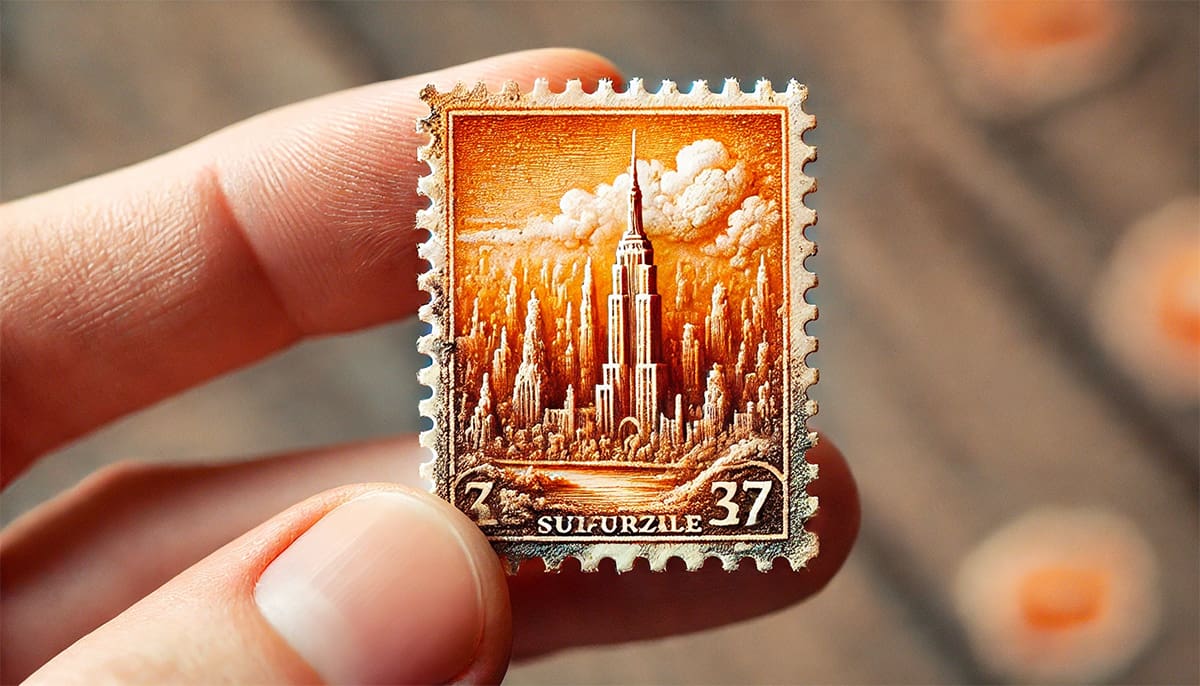

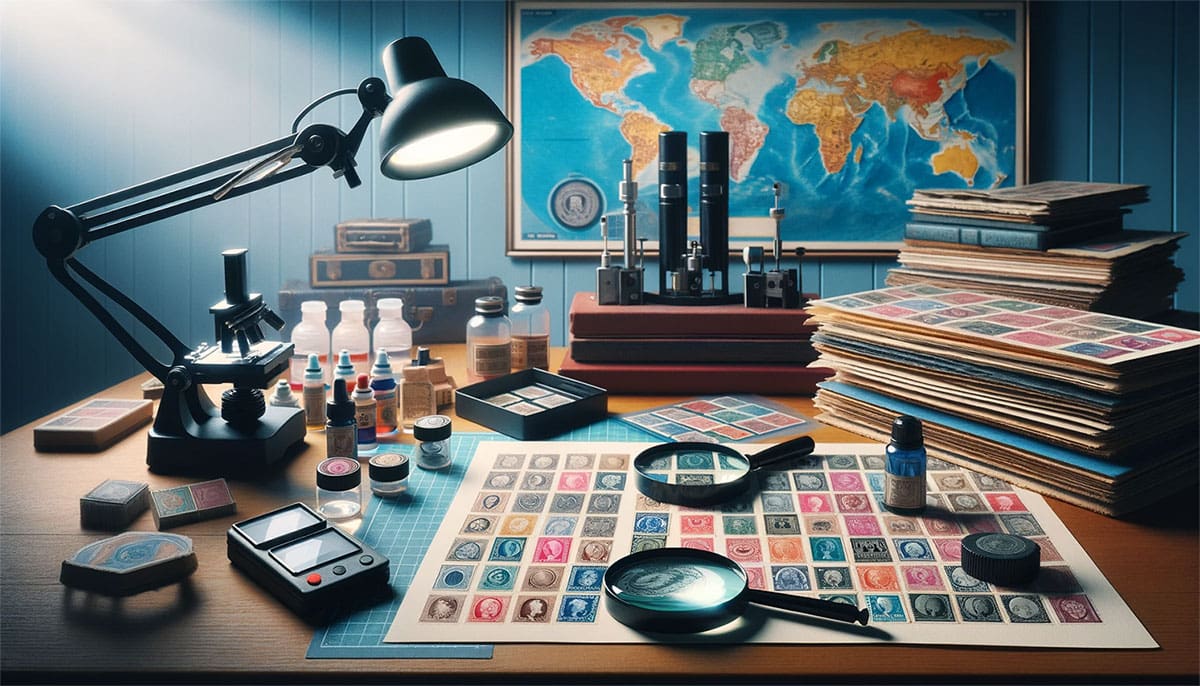
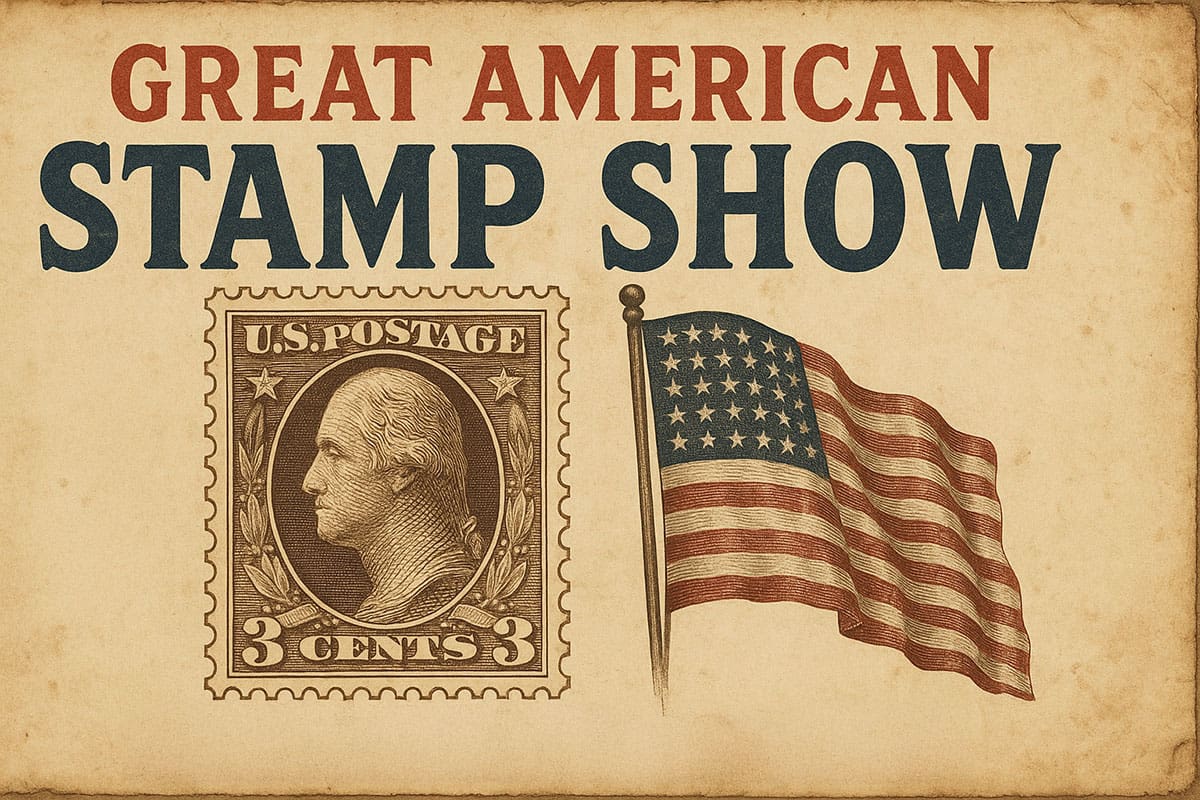


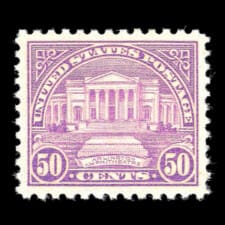
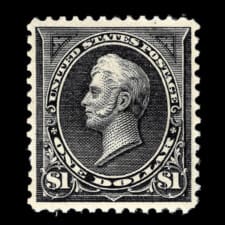
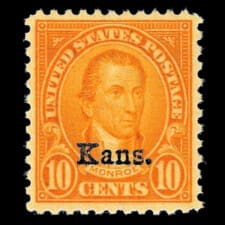
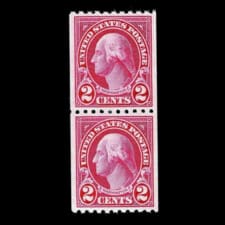

Ask A Question Or Leave A Comment